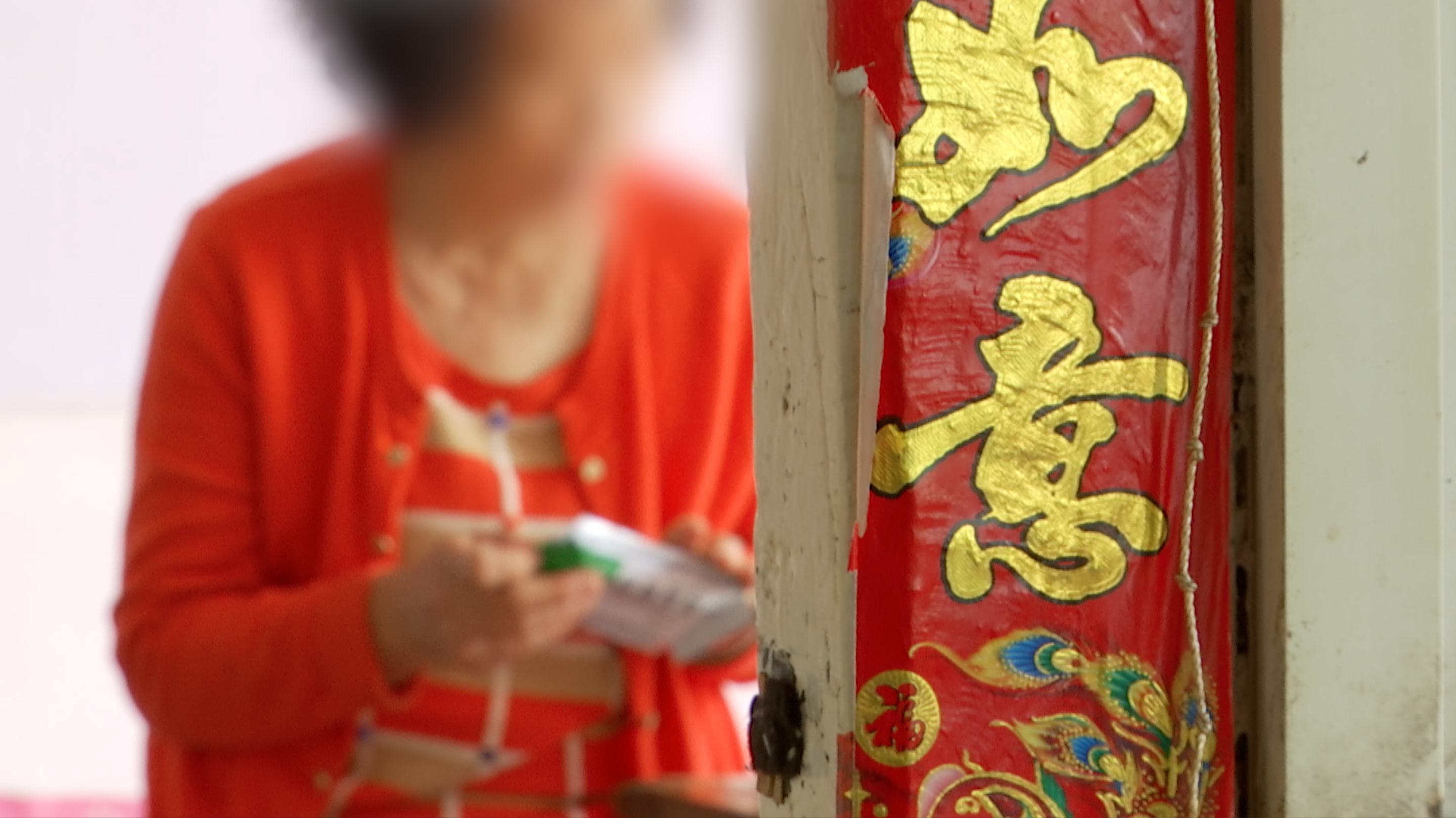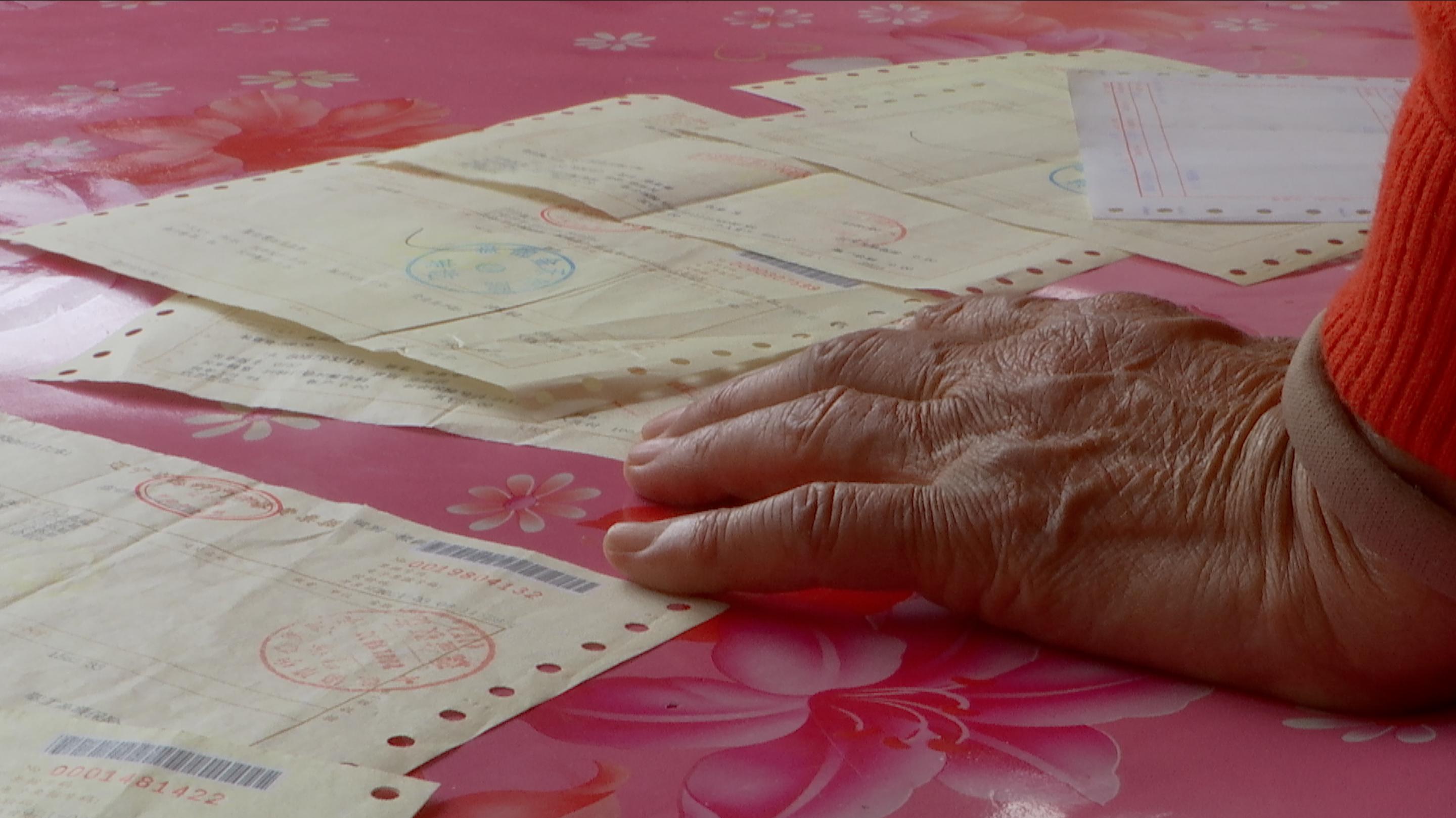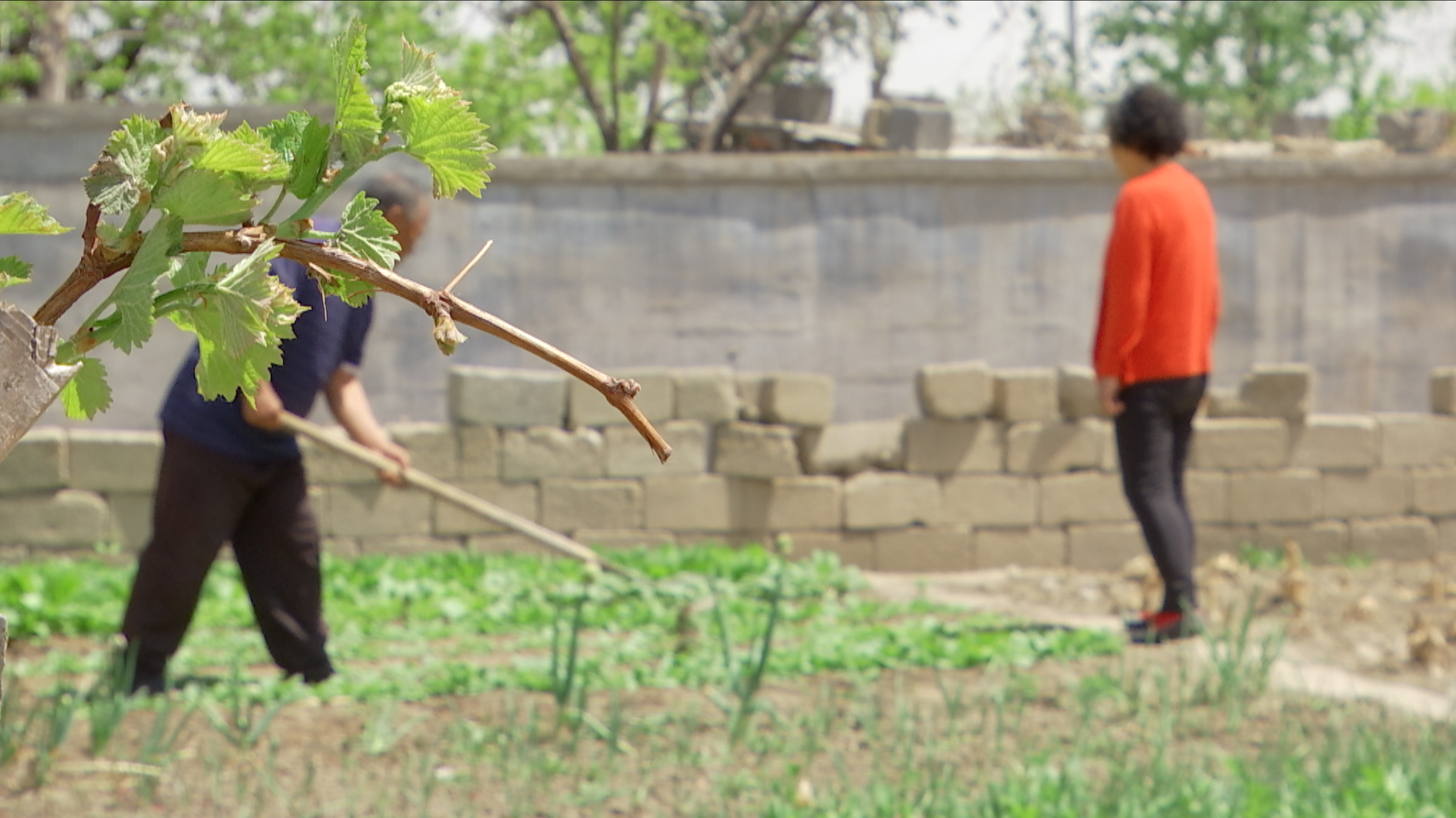02:56

Chinese health authorities said over 1.3 billion people in the country have enrolled in basic medical insurance programs, about 95 percent of the entire population, and the largest number in the world.
Enrolling in a public health insurance program can help citizens avoid runaway costs for medical treatment. Doing it is nothing out of the ordinary for millions of urban Chinese workers, as both they and their employers make monthly social security contributions.
However, public health insurance is still less known to some people in rural regions, where joining a program is voluntary. The 72-year-old Li Xiulian (alias) didn't know about the system until she was diagnosed with cancer at a hospital in Shenyang, northeast China's Liaoning Province, more than a decade ago.
"The doctor asked me whether I have healthcare insurance. I said no, I haven't," said Li who lives with her husband in a village in Panjin, Liaoning Province. They have three children, but Li said she did not want to be a burden. So the couple paid for the surgery with their own money.

Li Xiulian (alias), 72, shows the medical bills she received over the years. /CGTN
Li Xiulian (alias), 72, shows the medical bills she received over the years. /CGTN
"I don't want to drag them down. They all have mortgages to pay and kids are in college," said Li.
Li's husband had to find a part-time job at a construction site in Beijing while his wife sought help from cancer experts, dwelling in a living room corridor at an apartment in Haidian District, even the cheapest rent in the capital was a big burden for the farmers.
As Li continued receiving regular medication in Panjin and check-ups elsewhere, the bills kept coming, eating into the couple's modest savings. After consulting with health authorities in Panjin, staff there helped her enroll in a program costing 350 yuan ($54) annually.
"With the medical insurance, the government reimburses a majority of the cost. I only have to pay around 40 percent, so it's more affordable. The government has helped to alleviate people's burdens and worries about seeing the doctor," said the patient.

Li and her husband work in the vegetable garden in their front yard. /CGTN
Li and her husband work in the vegetable garden in their front yard. /CGTN
In 2020, Panjin started a new health insurance program to cover both urban and rural residents under the same plan. Over 600,000 rural resident, about 40 percent of its entire population can benefit from the reform, especially in the treatment of serious diseases.
"In addition, we came up with more medical assistance policies, which are perhaps the most favorable in the province. The provincial reimbursement ratio is set at 70 percent. But we've managed to raise the bar to 80, even 90 percent, depending on the diseases," said Xing Dayong, head of the Office of Welfare and Medical Services Management at Panjin Heathcare Security Administration.
"That's higher than the old rural program, known as the New Rural Cooperative Medical Insurance program, in terms of percentage of their medical expenses that can be reimbursed. This has prevented the costs of major illnesses pushing families into poverty or back into poverty again," Xing added.
So far the new program covers 500 medical facilities in Panjin. For rural residents like Li, it's also doubled the number of drugs eligible for reimbursement.
Li told CGTN although she still needs to buy anti-cancer and other drugs each month, costing her quite a bit of money every year, with the help of the insurance, her bill has now been cut in in half, making her life easier and rekindling a new hope for health.
(Cover image: The 72-year-old cancer patient Li Xiulian (alias) takes medicine at her home in rural Panjin, northeast China's Liaoning province. /CGTN)

